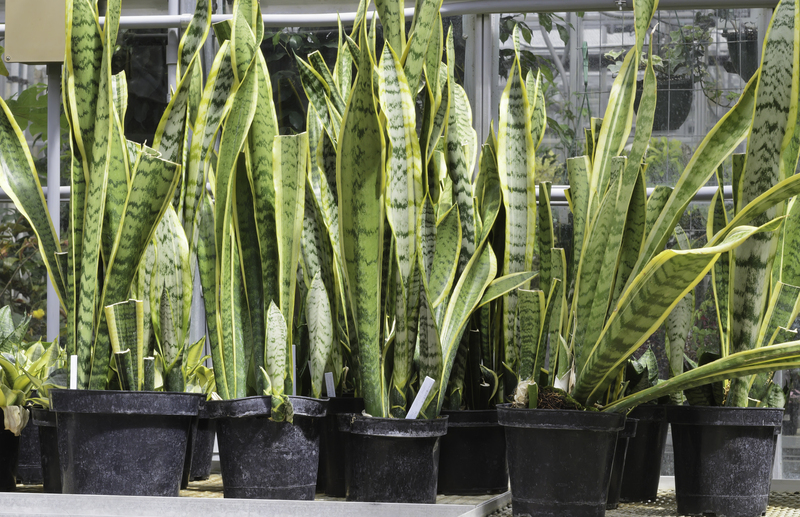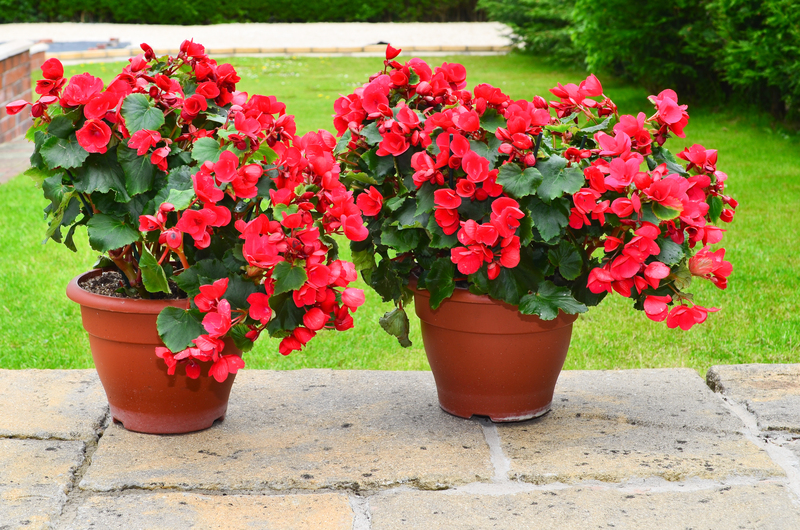Lawn Care Hacks to Avoid Summer Drought Stress and Damage
As temperatures rise and rainfall decreases, maintaining a lush, green lawn becomes challenging for many homeowners. Summer drought stress can cause your grass to brown, thin out, or die, leaving your yard looking worn and unhealthy. Fortunately, there are proven lawn care hacks to avoid summer drought stress and damage, helping you achieve a verdant, resilient lawn even in the harshest summer conditions.
This comprehensive guide will explain not only why lawns suffer during drought, but also how to prevent and mitigate drought damage with effective, science-backed strategies. Read on to discover the best practices to keep your grass thriving during the dog days of summer!
Understanding Summer Drought Stress in Lawns
What is Drought Stress?
Drought stress occurs when your lawn experiences prolonged periods of high temperatures and insufficient water. Without enough moisture, grass struggles to carry out photosynthesis, resulting in slow growth, brown patches, and increased weed and pest invasion. Drought can also weaken the grass's root system, making recovery more difficult.
Signs Your Lawn is Suffering from Drought Stress
- Discoloration: Grass turns dull green, then straw-colored or brown.
- Footprints Remain Visible: The grass doesn't spring back up when walked on.
- Dry, Hard Soil: Soil feels dry and hard to the touch.
- Leaf Curling: Grass blades roll or fold inward to conserve water.
- Thinning Turf: Bald patches appear, inviting weed invasions.

Proactive Lawn Care to Avoid Summer Drought Damage
Preventing drought damage is far easier than trying to repair it after the fact. Follow these essential lawn care tips to drought-proof your turf:
1. Choose Drought-Resistant Grass Varieties
Some grass types tolerate drought better than others. When planting or overseeding, opt for drought-hardy species, especially if you live in an area prone to hot, dry summers. Kentucky bluegrass and fescue are excellent choices for cool-season lawns, while Bermudagrass, zoysiagrass, and buffalograss work well in warm climates.
2. Deep, Infrequent Watering Is Key
Many homeowners make the mistake of watering their lawns lightly but frequently. To develop deep, drought-resistant roots:
- Water early in the morning to minimize evaporation.
- Water deeply (about 1 to 1.5 inches per week), but only once or twice weekly.
- Use a rain gauge to track how much water your lawn receives.
Deep watering encourages grass roots to grow downward, seeking moisture and becoming more resilient during drought.
3. Improve Your Soil's Health
Healthy soil is the secret weapon against summer drought stress on lawns. Compact, clay-heavy soils prevent water penetration and root growth. To enhance soil and boost water retention:
- Aerate your lawn annually, preferably in the spring or fall.
- Add organic matter such as compost to improve soil structure.
- Use mulch-mowing (leaving grass clippings on the lawn) to add nutrients and reduce evaporation.
4. Mow Smarter, Not Shorter
Cutting your grass too short makes it more vulnerable to drought damage and heat stress. Follow these mowing hacks:
- Set your mower higher (3-4 inches for most grasses).
- Never cut more than 1/3 of the grass blade at once.
- Keep mower blades sharp for clean, even cuts.
- Avoid mowing during midday heat.
Taller grass shades the soil, reducing water evaporation and keeping roots cooler.
5. Use Lawn Fertilizer Wisely During Summer
Excess fertilizer in hot, dry weather can burn your grass and promote weak, thirsty growth. If your lawn needs feeding:
- Opt for a slow-release fertilizer after a rain or thorough watering.
- Avoid high-nitrogen products during the heights of summer drought.
- Always follow label instructions for application and rates.
6. Apply Mulch to Garden Beds and Lawn Edges
Mulching around trees, shrubs, and along the perimeter of your lawn helps the soil retain moisture and keeps roots cooler. Use natural materials like wood chips, straw, or shredded leaves. Mulch should be applied 2-3 inches thick and kept several inches away from tree trunks or grass crowns.
Advanced Lawn Care Hacks to Beat the Summer Heat
1. Employ Water-Saving Lawn Technology
Advancements in irrigation technology make it easier than ever to avoid drought damage to lawns:
- Smart sprinkler controllers adjust watering schedules based on soil moisture, rainfall, and temperature.
- Drip irrigation can be installed along lawn edges or in problem areas for targeted, efficient watering.
- Soaker hoses reduce water waste by delivering moisture directly to the soil.
2. Embrace Drought-Tolerant Landscaping
Implement xeriscaping principles to reduce your lawn's water needs:
- Replace some turf with native plants, ornamental grasses, or ground covers.
- Create mulched beds or rock gardens for low-maintenance beauty.
- Install rain gardens to capture and utilize runoff more efficiently.
3. Spot-Treat Pests and Weeds
Weeds and insects flourish when grass is stressed. Use integrated pest management (IPM) techniques:
- Hand-pull or spot-treat trouble areas instead of blanket spraying.
- Encourage beneficial insects and birds that feed on grubs and pests.
- Maintain a dense, healthy stand of grass to naturally suppress weeds.
4. Refrain from Heavy Traffic and Lawn Activities
Lawn areas are especially vulnerable when suffering from drought stress. Limit foot traffic and postpone construction or landscaping projects during peak heat to prevent compaction and further damage to weakened turf.
How to Recover a Drought-Stressed Lawn
Is My Lawn Dead or Dormant?
Many grasses naturally enter a state of *dormancy* during severe drought, appearing brown but alive at the roots. To check if your grass is dormant or dead, lift on a few grass blades--dormant grass will resist pulling, while dead grass comes up easily, roots and all.
Reviving Your Drought-Damaged Lawn
- Water deeply as soon as rainfall resumes or restrictions lift.
- Reseed bare patches with drought-tolerant varieties in early fall or spring.
- Fertilize lightly only after significant new growth appears.
- Aerate and top-dress with compost to repair soil structure and encourage root growth.
- Be patient: Recovery can take weeks or months, depending on conditions and grass type.

Frequently Asked Questions About Avoiding Summer Drought Stress on Lawns
Should I water my lawn during a drought?
If local restrictions permit, watering once or twice a week in the early morning is ideal. Focus on keeping the root zone moist, rather than the leaf blades. If your lawn is already dormant, resume watering when cooler, wetter weather returns.
Can mowing too short cause drought stress?
Absolutely! > Keeping your grass taller shades the soil, promotes deeper roots, and minimizes water evaporation. Never scalp your lawn during high heat or drought conditions.
Is it better to leave grass clippings on the lawn during summer?
Yes. Mulching mowers distribute fine clippings that act as natural mulch, providing nutrients and retaining soil moisture
Do certain fertilizers help fight drought?
While no fertilizer can replace water, slow-release, low-nitrogen products are best during hot weather. Don't over-fertilize, as this can push soft, weak growth prone to burnout.
Conclusion: Lawn Care Hacks for a Drought-Resistant Yard
With climate patterns becoming more unpredictable, safeguarding your yard from summer drought is crucial. By following these lawn care hacks to avoid summer drought stress and damage, you can foster a healthy, beautiful lawn that weathers even the toughest summers. Remember: Water deeply, mow high, improve soil health, and choose the right grass. With attentive care, your grass can remain a source of pride and relaxation all year long.
Implement these tried-and-true lawn care strategies, and you'll not only help your grass survive but thrive, making your home the envy of the neighborhood even in the driest months.



